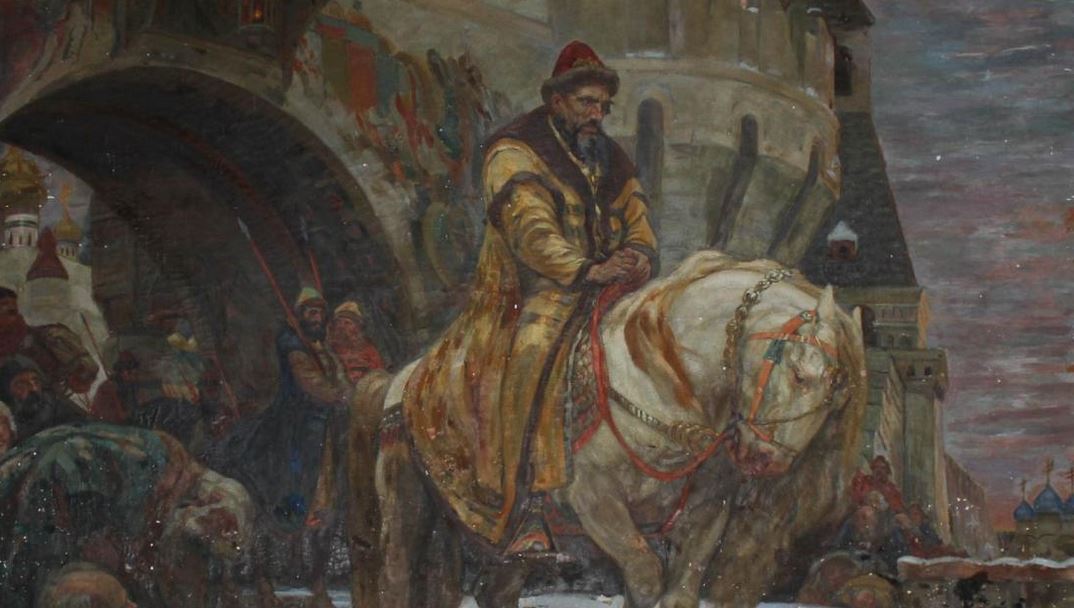

Between Germany and the Ural Mountains, northeastern Europe is a densely forested region criss-crossed by south-flowing rivers like the Volga and the Dnieper. There area was populated by Slavic people, although many of its important city-states, such Novgorod, Vladimir, and Kiev, were founded and/or ruled by men of Scandinavian/Viking origin.
The whole area was overrun by the Mongols in the 12th century, and as the Mongol Empire broke up, the Russian city-states were vassals of the Golden Horde.
During this time, a city-state called Moscow (due to its location on the Moskva River) rose to prominence. Its prestige was increased when the Metropolitan Archbishop moved there, making it the seat of the Russian Orthodox Church. To further strengthen their position, the Grand Prince of Moscow, Ivan III, married the Byzantine Roman princess Sophia Palaeologina (the niece of Constantine XI) in 1469. Eleven years later, in what is known as the Great Stand on the Ugra River, Ivan asserted Moscow's independence from the Golden Horde.
Claiming a right to the title through Sophia, Ivan III and his son Vasily "the Adequate" began to refer to themselves using the term "tsar" (from "Caesar.") Vasily's son Ivan, better known as "Ivan the Terrible" (in the sense of "fearsome and awe-inspiring," not, like, "terrible") was formally coronated in 1547 with the title "Tsar of Russia." Through their lineage and as the seat of Orthodox Christianity, Russian tsars began to think of Russia as the successor-state of the Roman Empire.
Ivan the Terrible continued to consolidate power, annexing Novgorod, weakening the boyars (Russian nobility), and centralizing the Russian government. Tsarist Russia thus developed a three-tier social system of a strong tsar, landowning boyars, and peasant serfs, which would continue for the next four hundred years.